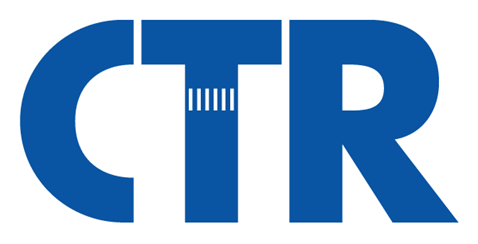How do different passenger groups contribute to public transportation crowding?
What can we do better in terms of planning?

Cities worldwide are progressively attracting more residents, making the transportation supply provision challenging and the overcrowding phenomenon a new norm. Crowding negatively affects passengers’ travel experience and the operations of the public transportation system. So far, little attention has been given to how specific passenger groups, including school students and the new residents of a city, contribute to public transportation crowding.
Empirical knowledge of passenger groups’ impact on the crowding conditions in the system can guide tailored policy initiatives such as new fare structures, dedicated public transportation services, or infrastructure investments. Automated data sources in the public transportation sector can play an important role in this direction by i) offering opportunities for passenger segmentation and ii) providing data with high spatiotemporal resolution.
The project Demand management for reduced congestion in city traffic from groups of travelers (2024-2027) funded by Trafikverket is the continuation of Anastasios’s work. In this project, visitors and attendants of planned special events (e.g., concerts and sports events) are in the spotlight. The travel patterns of visitors and event attendants will be further investigated, involving different transportation modes such as public transportation, e-scooters, and passenger cars. Last, the proposal of demand management strategies is high on the agenda as well, fostering the synergies between different transportation modes and, therefore, providing better transportation services.
Link to the licentiate thesis: Modeling on-board crowding contributions in public transportation systems using automated data sources



